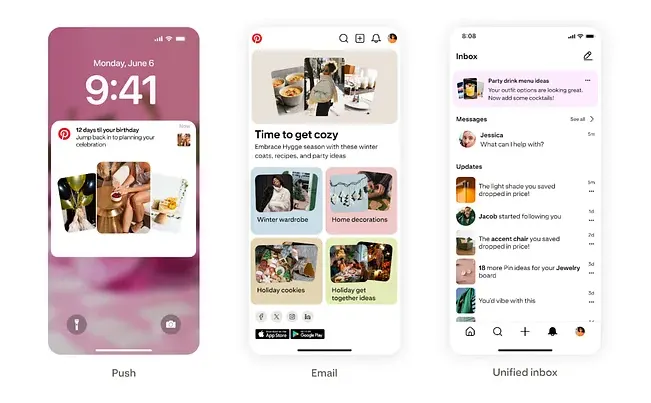TL;DR Summary of Pinterest’s New AI-Driven Content Recommendation Strategy
Optimixed’s Overview: How Pinterest Leverages AI to Predict User Intent and Enhance Content Discovery
Understanding Pinterest’s User Journey Model
Pinterest has introduced a sophisticated AI-driven system designed to track and interpret the sequential behaviors of users, termed as “user journeys.” These journeys represent a series of interactions centered around a specific interest or goal, such as exploring trends or making a purchase decision. Unlike traditional recommendation engines that focus on immediate related content, Pinterest’s model anticipates the next steps users are likely to take in their discovery process.
Key Components of the AI Recommendation Process
- User Search History: Aggregates queries and timestamps to understand search patterns.
- User Activity History: Analyzes interactions such as Pin closeups, repins, and click-throughs, extracting relevant annotations and interests.
- User’s Boards: Examines the annotations and interests from Pins saved on users’ boards to enrich intent signals.
How the System Works
Using clustering techniques, Pinterest groups related keywords into “journey candidates,” which are then refined through specialized AI models for journey ranking, stage prediction, naming, and expansion. This pipeline runs in real time, allowing the model to adapt quickly to recent user activities. Large language models (LLMs) further enhance the system by generating journey recommendations based on ongoing or past user behavior.
Impact on User Engagement and Platform Growth
This AI-powered approach has led to an 88% improvement in email click rates and a 23% increase in positive feedback from user surveys. By moving beyond simple content recommendations to supporting users in their broader goals—whether planning events, renovating spaces, or acquiring new skills—Pinterest is evolving into a platform that not only inspires but also effectively guides user journeys.
